Barack Obama famously said, “Elections have consequences.”
For proof of that, look no further than the carnage hitting Big Wind. A few days ago, Jason Grumet, the head of the American Clean Power Association (annual revenue: $62.3 million), told Heatmap News that “probably more than half” of all new wind projects under development in the US could be killed due to President Trump’s executive order requiring a “comprehensive assessment” of federal permitting. Heatmap explained that Trump’s policies pose “a potential existential threat to the industry’s future. Just don’t expect everyone to say it out loud.”
Whether the facts are screamed from rooftops or uttered sotto voce, the results are obvious: the offshore and onshore wind sectors are in full-blown panic mode. Trump’s executive orders, particularly the one requiring the federal government to assess the wind industry’s impact on wildlife — have had an immediate and chilling effect on wind projects onshore and offshore.
The controversial Lava Ridge wind project in Idaho was killed by a Trump executive order and won’t be revived. Offshore projects in the US and around the world are being canceled or delayed. Rural resistance against wind projects remains fierce. The new Congress could repeal or reduce the lavish tax credits that have long fueled the industry’s growth. Further, in December, the Osage Nation secured a massive win over Enel in federal court in the longest-running legal battle over wind energy in US history.
Here’s a rundown of Big Wind’s woes including falling capacity additions, rising prices, and Enel’s desperate appeal of the December ruling that requires it to remove eighty-four wind turbines in Osage County. (With three charts.)
Big Wind was facing a big slowdown long before Trump took office. Indeed, wind capacity additions have slowed dramatically in recent years, particularly compared to solar.
As seen above, estimates from the EIA and American Clean Power Association show that US wind generation capacity grew by about 7,100 megawatts in 2024 while solar capacity increased by about 32,000 MW. To put that in perspective, the amount of wind capacity added last year was less than half the amount added in 2021, when the US added some 14,356 MW.
One reason why the US is adding less wind capacity is rising costs. As seen above, prices on power purchase agreements for wind energy have more than doubled since 2021. According to a report issued last Tuesday by LevelTen Energy, the cost of the average wind PPA jumped by 13 percent in 2024.
In addition, more and more local communities are pushing back against the encroachment of giant wind turbines. As seen above, there were forty-two rejections or restrictions of wind energy in the US in 2024. Among those restrictions: in December, on an eight to one vote, the city council in Honolulu approved regulations that prohibit the installation of wind turbines within 1.25 miles of residential structures. In all, as can be seen in the Renewable Rejection Database, there have been at least 471 rejections or restrictions of wind energy in the US since 2015.
Now let’s talk about offshore wind. On January 20, the same day Trump took office, Danish wind giant, Ørsted announced $1.7 billion in impairment charges. As one news outlet explained, "The company cited developments relating to the interest rate increases, the declining value of its US seabed leases, and costs related to the construction of Sunrise Wind, a project located roughly thirty miles off the coast of New York." The 924-MW Sunrise project, has had multiple delays and now could come online in 2027. The article went on to quote the company’s CEO, Mads Nipper, who called the results "very disappointing."
Eleven days later, Nipper was ousted as CEO. In a Friday statement, the company said it was facing an "increasingly challenging situation in the offshore wind industry," and that its "focus has shifted." Ørsted’s stock price has declined 83 percent over the past four years.
On Thursday, British oil giant Shell announced a $1 billion write down on its investment in the Atlantic Shores project offshore New Jersey. A company official said, "We just don’t see that it fits both our capabilities nor the returns that we would like... So we took the decision to effectively write that off and pause our involvement."
Atlantic Shores was the target of fierce opposition from New Jersey residents and political leaders. Representative Jeff Van Drew, a Republican whose district includes much of coastal New Jersey, applauded Shell’s decision. On Twitter, he said, "Another major blow to the offshore wind scam!" In a statement, he called Shell’s move, "a big win for New Jersey's coastline and our local economy." He added that he will continued to "stand against offshore wind projects off South Jersey's coast until they are gone for good."
Shell’s decision to quit Atlantic Shores is one of many offshore wind projects that have been scuttled. In November, TotalEnergies said it had stopped work on a planned 3,000-MW project offshore New York. In September, federal officials halted a planned lease sale offshore Oregon due to "insufficient bidder interest." In 2023, Ørsted halted work on the 2,400-MW Ocean Wind project, and the developer of the 20-MW Icebreaker project abandoned plans to put turbines in Lake Erie.
Furthermore, last month, federal officials ordered the removal of dozens of defective wind turbine blades installed at the Vineyard Wind project offshore Nantucket. The order will further slow the development of the controversial 800-MW project, infamous for the "blade liberation event" that occurred in July, which resulted in the fouling of beaches throughout the region with shards of fiberglass.
Offshore wind projects in Europe are also facing rough seas. Last month, Andel, Denmark’s largest electricity provider, announced it would not bid on upcoming offshore wind projects, saying it would be "irresponsible of us to invest billions of kroner if we can’t recoup them." In December, an offshore wind auction in Denmark attracted no bidders. In November, the Swedish government denied permits to thirteen offshore wind projects in the Baltic Sea with some 30,000-MW of capacity due to concerns that the massive turbines would block or interfere with radar signals.
The unraveling of the US offshore wind sector may be just beginning. On Saturday, I talked to Meghan Lapp, the fisheries liaison with Seafreeze, a commercial fishing company based in Rhode Island. Lapp has been among the most vocal and dogged leaders of the anti-offshore wind effort. She explained that Trump’s executive order requires a review of all of the offshore wind leases that have been granted so far, and that review could result in the cancellation of some, or even all of those leases. If that happens, she said, it will be "very difficult to revive these projects" after Trump leaves office because the wind companies will have to start the lease application process over again.
Lapp has been fighting offshore wind for a decade. When I asked her how she felt about the industry’s apparent collapse, she quickly replied, "It’s a glorious day."
The longest-running legal battle over wind energy in American history isn’t over yet. As you may recall, the Osage tribe began its legal battle against Enel in 2011 before the company started building its wind project in Osage County. On December 18, a federal court judge sided with the tribe and ordered the removal of all eighty-four of Enel’s wind turbines by December 1, 2025. The decision was a huge win for the tribe and a massive black eye for Enel, which will have to spend some $300 million to remove the turbines. However, on January 10, Enel filed a motion to stay the judge’s ruling and appealed the case to the Tenth Circuit Court of Appeals. Enel’s lawyers claim they are appealing the case because the December 18 decision "will inflict irreparable harm not just on Defendants but on the community that derives substantial benefits from the Osage Wind Project." The appeal also says that "to completely tear down and remove the entire 150-MW wind generation facility and restore the land to its native state will cost Defendants hundreds of millions of dollars." It continued, saying the dismantling of the project will result in "costs and damages stemming from Defendants inability to satisfy obligations to the Project’s tax equity partners, liquidated damages and other expenses resulting from the termination of the surface leases and various power purchase and interconnection agreements."
It’s not clear when the Tenth Circuit might rule on the case.
One more point: more than six weeks have passed since Judge Jennifer Choe-Graves ordered Enel to remove the turbines in Osage County. It is a historic ruling. It’s a massive win for the Osage tribe and Native American sovereignty. It’s also an enormously embarrassing loss for Enel and Big Wind. And yet, the legacy media still hasn’t published a single article about it. Not a word about it in the New York Times, Wall Street Journal, Bloomberg, Washington Post, or NPR.
I have been a reporter for four decades. Over the course of my career, my articles have been published in dozens of news outlets, including most of those I just listed. I used to think that claims about the liberal media were ridiculous. No longer. By any objective measure, the story of the Osage tribe’s victory over Enel is newsworthy. But the legacy media won’t cover the tribe’s win. Why not?
I can only speculate, but it appears the Osage tribe’s victory doesn’t fit the preferred narrative about "clean" energy. And for that reason, legacy media outlets are ignoring it.
This article first appeared on robertbryce.substack.com.



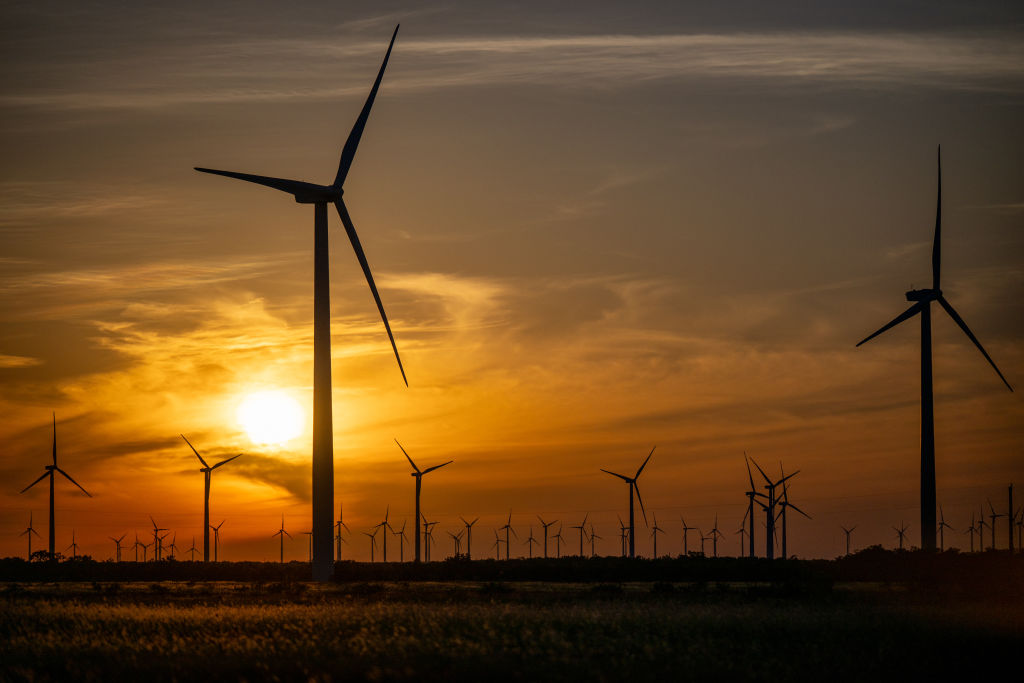






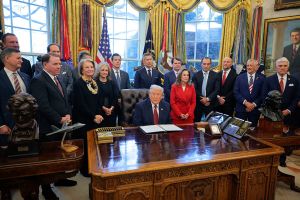





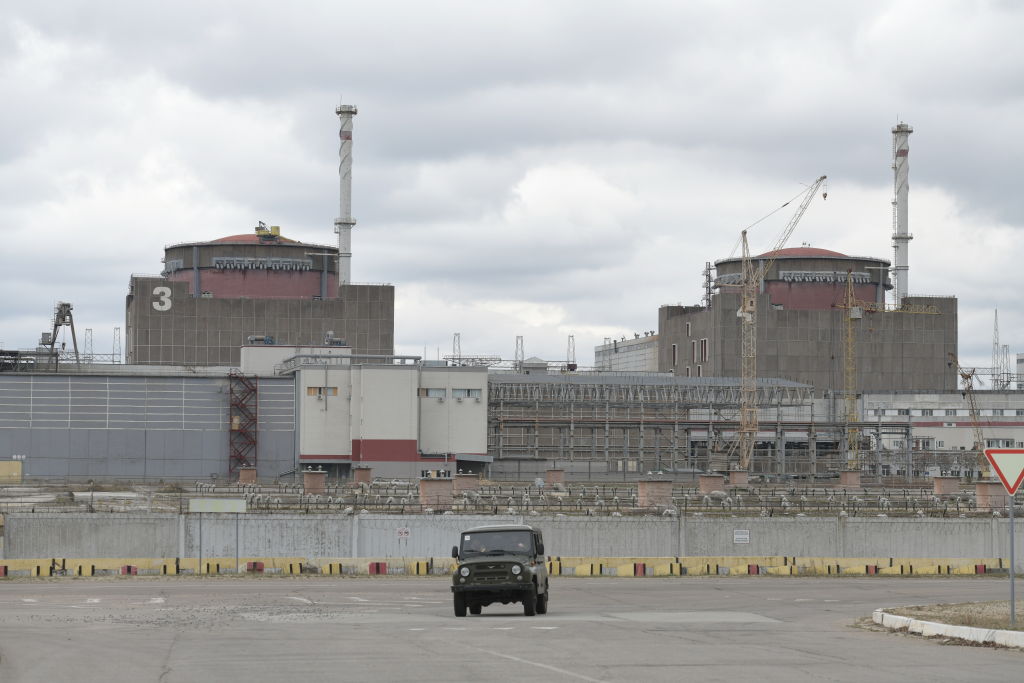

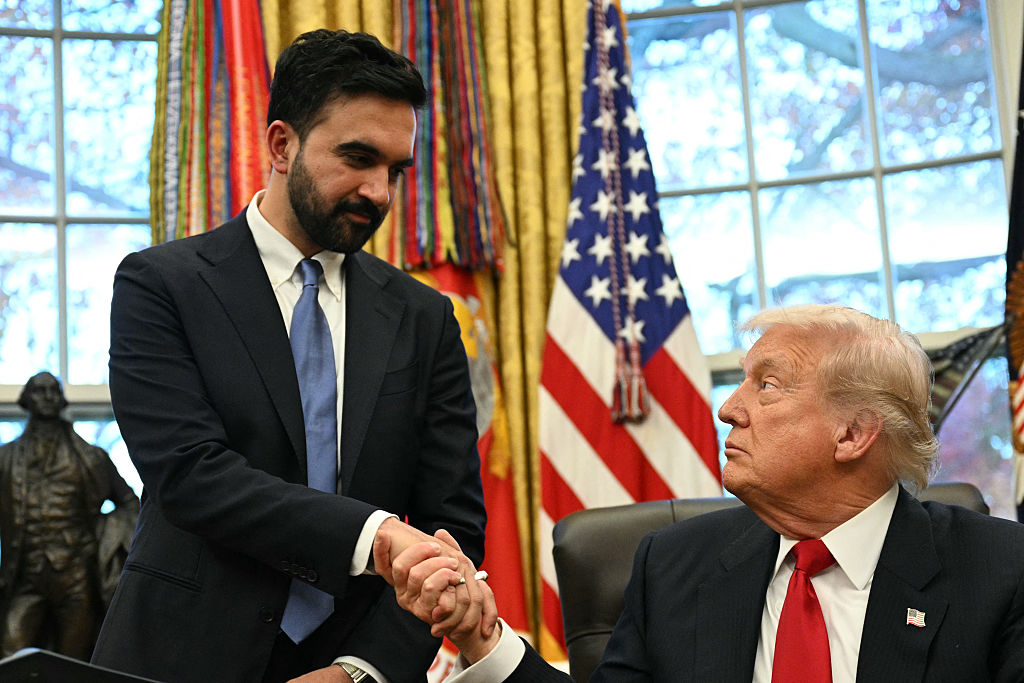

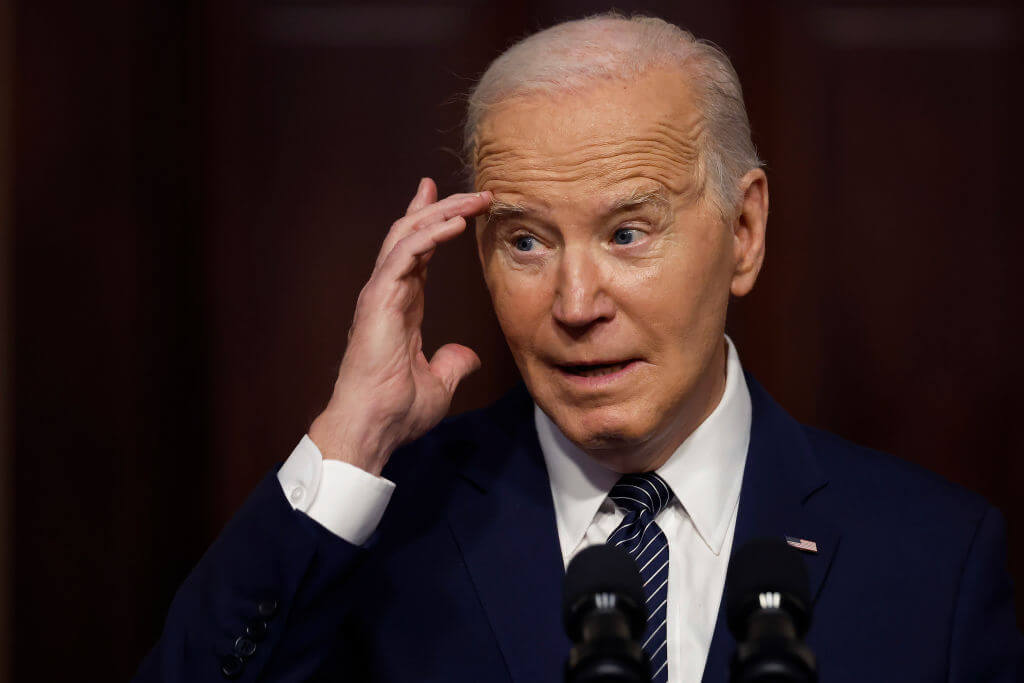



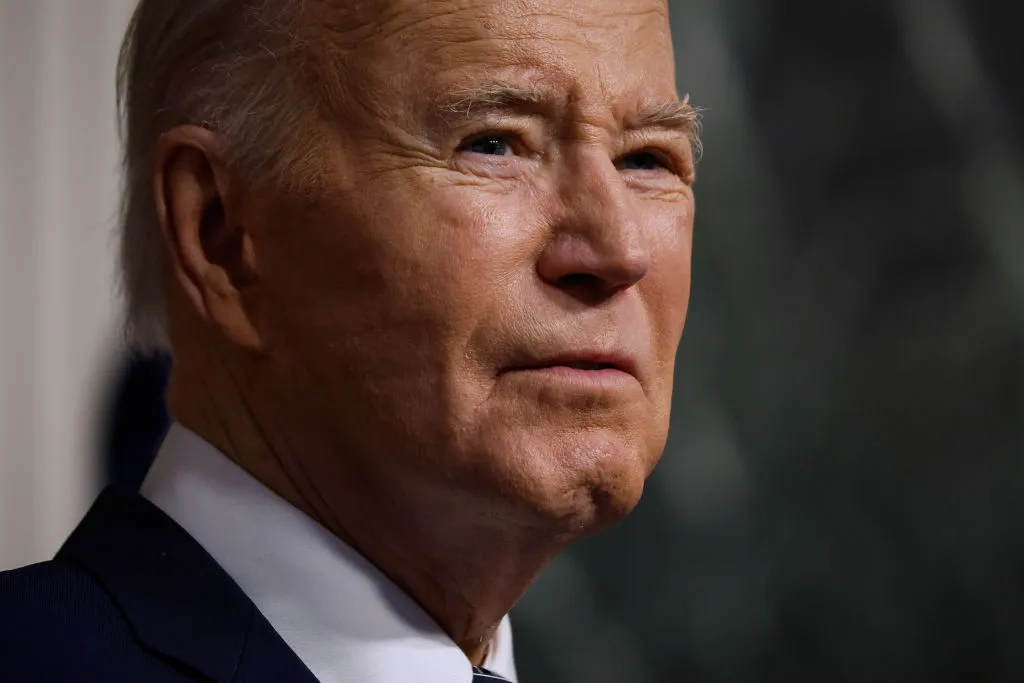

Leave a Reply